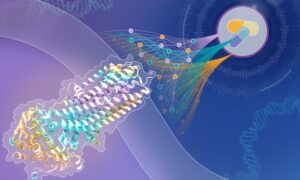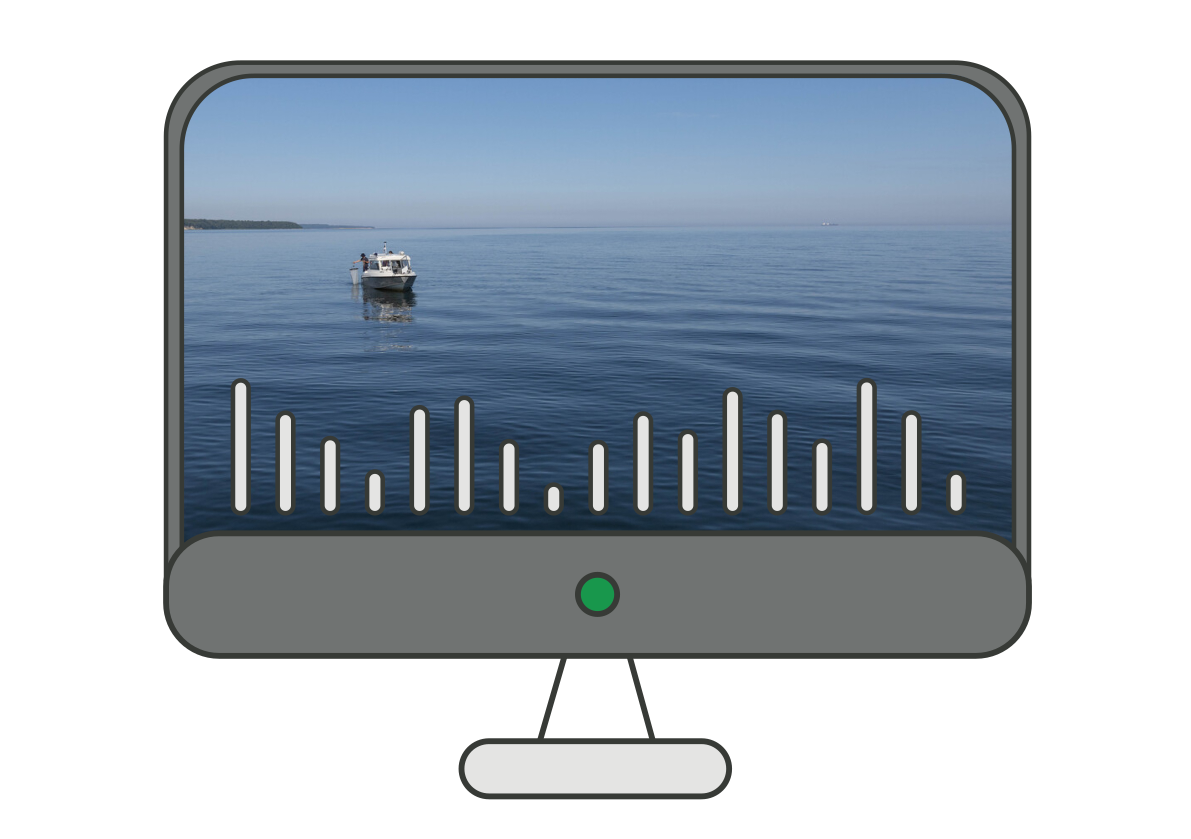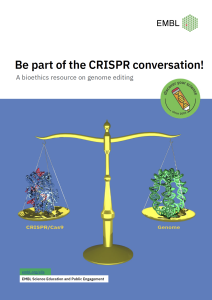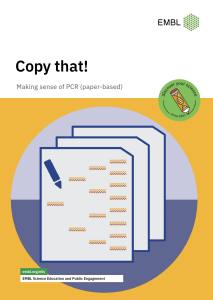
The Mysterious Protein: A Bioinformatics Expedition
Overview
We will dive into the fascinating world of bioinformatics to unravel the secrets of proteins, one of the fundamental building blocks of molecular biology. Through a series of interactive exercises, we will investigate how proteins are made, how they look and how they have evolved across species. Join us on this fictional scientific adventure that is intertwined with real-life research activities at EMBL, and gain insights into cutting-edge research methodologies.
The aim of this activity is to deepen our understanding of proteins and their evolution, while also providing valuable insights into the practical applications of bioinformatics in scientific research.
Your task
During the TREC (Traversing European Coastlines) expedition, researchers gather a wide array of biological samples from the European coastline to investigate the coastal ecosystems. These samples are obtained from soil, sediments, aerosol, shallow water and sea, and are meticulously analysed using scientific techniques such as microscopy or DNA sequencing.
Recently, the researchers stumbled upon a perplexing discovery within one of their samples from the shallow water — an unidentified DNA sequence that does not match any known sequence. Intrigued by this finding, the TREC researchers have a challenge for you: Can you help them to identify the protein encoded by this sequence and decipher its biological function? Furthermore, can you assist in identifying the species of origin and exploring its evolutionary relationships with other organisms?
Bioinformatics tools
Most of the tools we will employ during this activity have been developed and made freely available to scientists all over the world by EMBL-EBI.
EMBOSS Transeq
Link: https://www.ebi.ac.uk/Tools/st/emboss_transeq/
A tool used to translate nucleic acid sequences (DNA or RNA) into their corresponding amino acid sequences.
NCBI BLAST+ (Basic Local Alignment Search Tool)
Link: http://www.ebi.ac.uk/Tools/sss/ncbiblast/
A tool used to identify and compare biological sequence information, such as amino acid sequences. It enables researchers to compare a subject protein (referred to as a query) with a database of sequences, making it useful in identifying unknown proteins.
Clustal Omega
Link: https://www.ebi.ac.uk/Tools/msa/clustalo/
A tool designed for aligning and comparing multiple sequences, specifically suited for amino acid sequences.
Simple Phylogeny
Link: https://www.ebi.ac.uk/Tools/phylogeny/simple_phylogeny/
A tool designed to perform basic phylogenetic analysis on a multiple sequence alignment.
UniProt (Universal Protein Resource) database
Link: http://www.uniprot.org/
A comprehensive catalogue of protein information, including protein sequences and their functions.
AlphaFold Database
Link: https://alphafold.ebi.ac.uk/
A database for protein structure predictions. AlphaFold is an artificial intelligence (AI) system that can predict a protein’s 3D structure based on its amino acid sequence. The AlphaFold Database is also integrated into UniProt.
Note: These tools require some time for the calculations. Therefore, a little patience may be necessary.
Activity navigation

Topic area: Bioinformatics, Evolutionary biology, Structural & Computational biology, Biochemistry
Type of resource: Online resource
Age group: 16-19
Contact: SEPE team
Author: SEPE
Share:
 Deutsch
Deutsch


